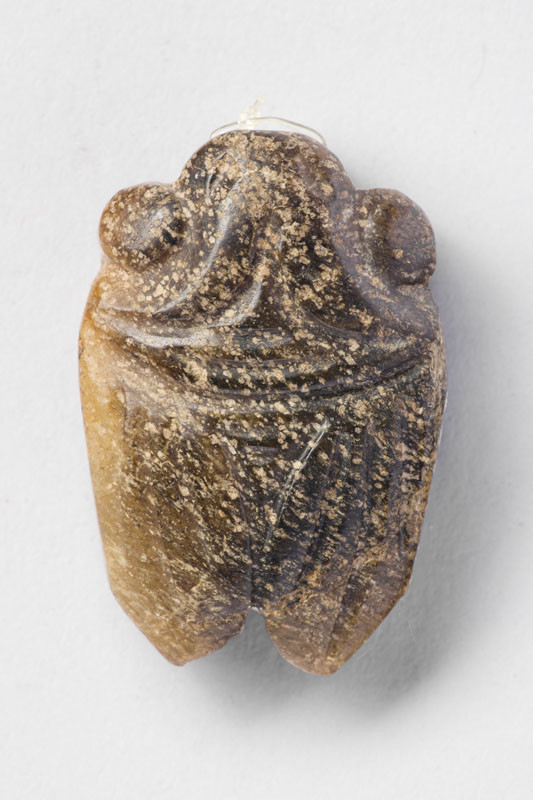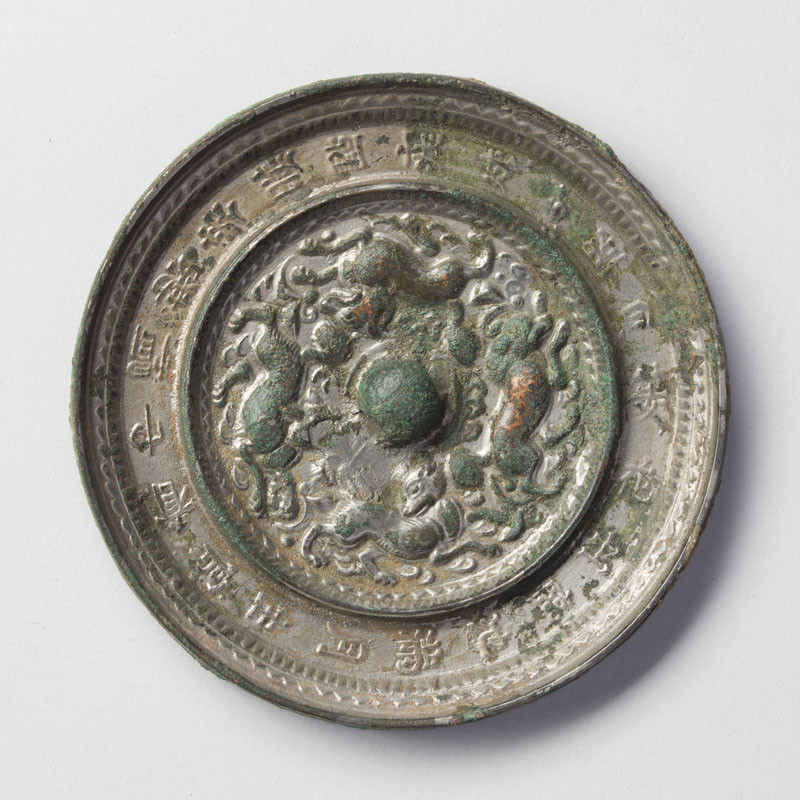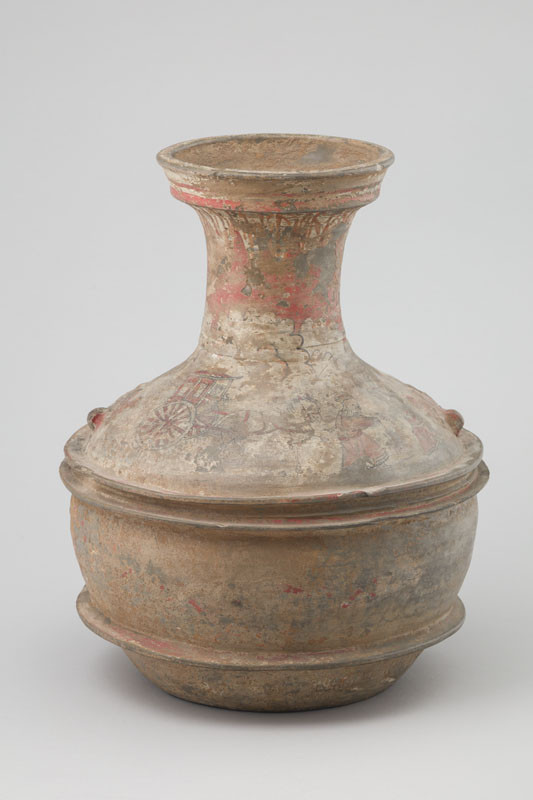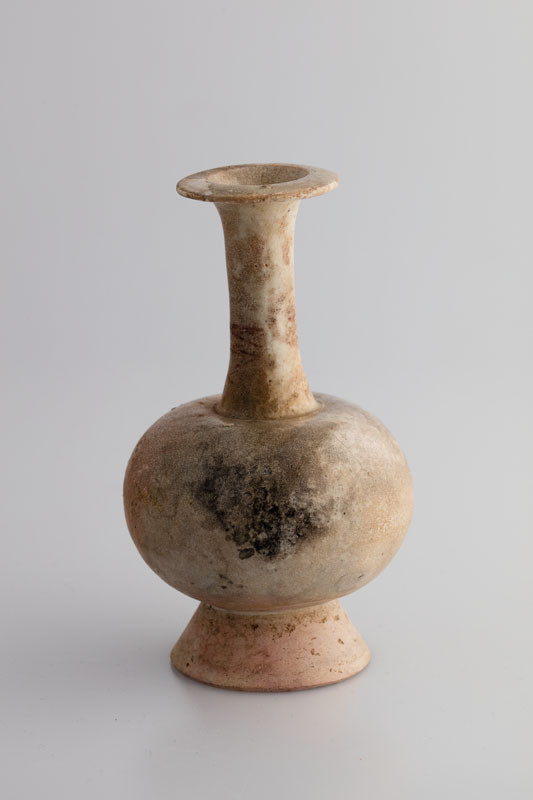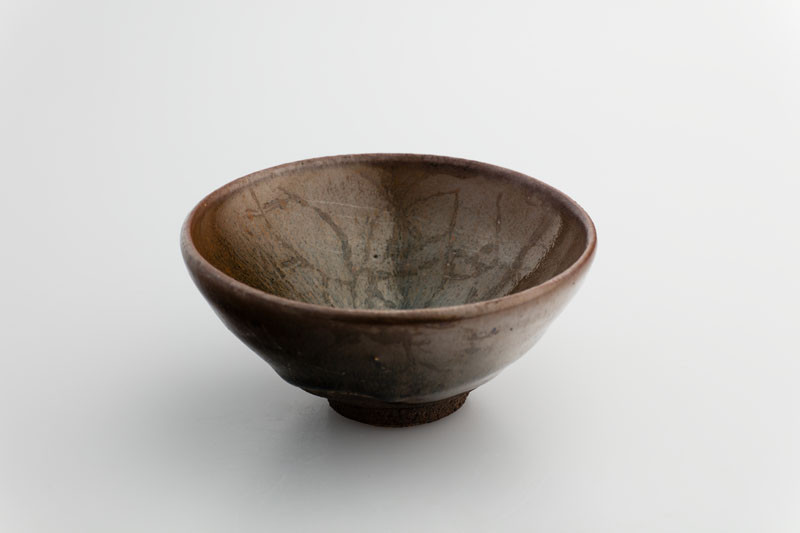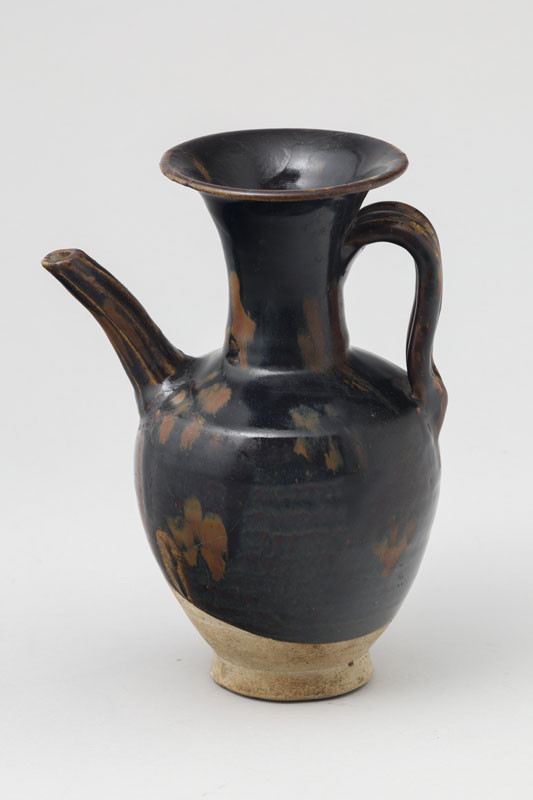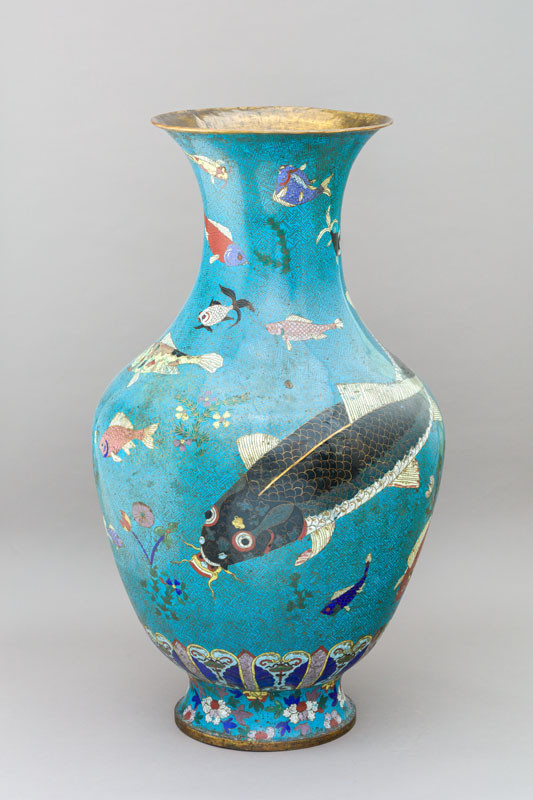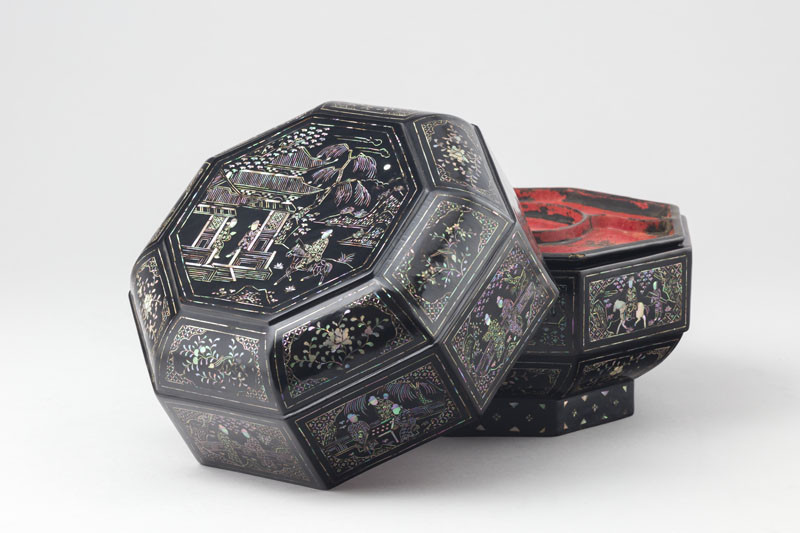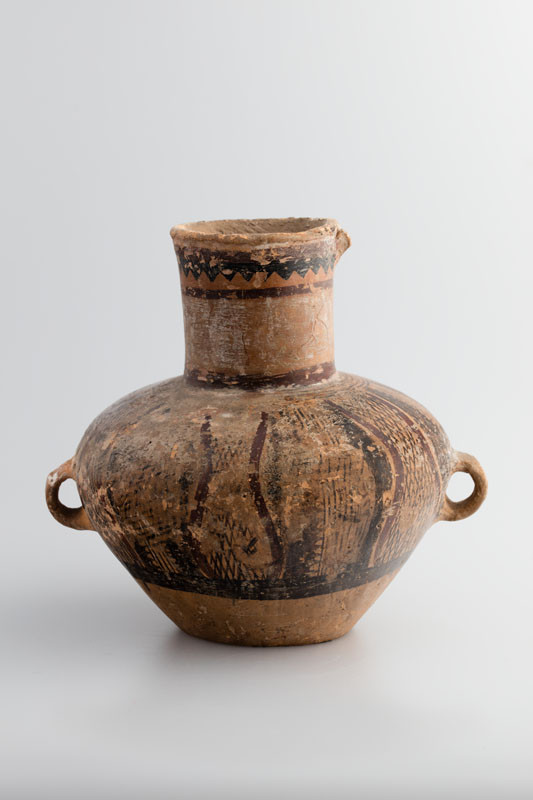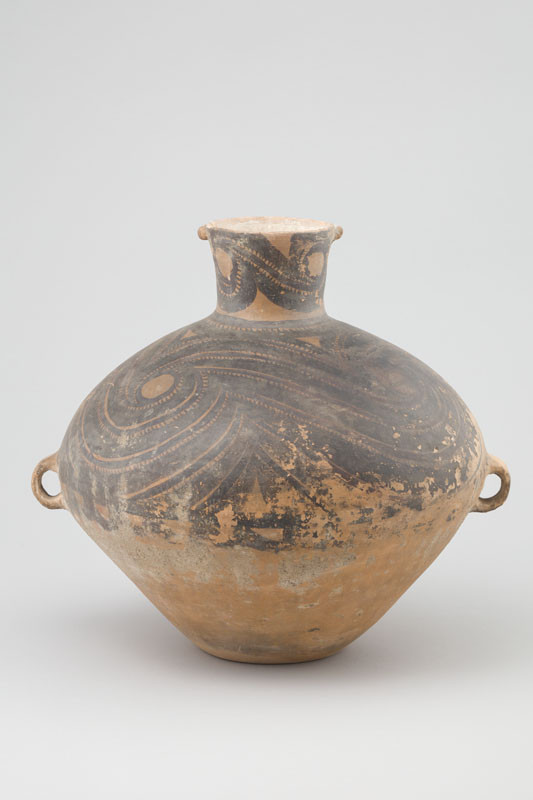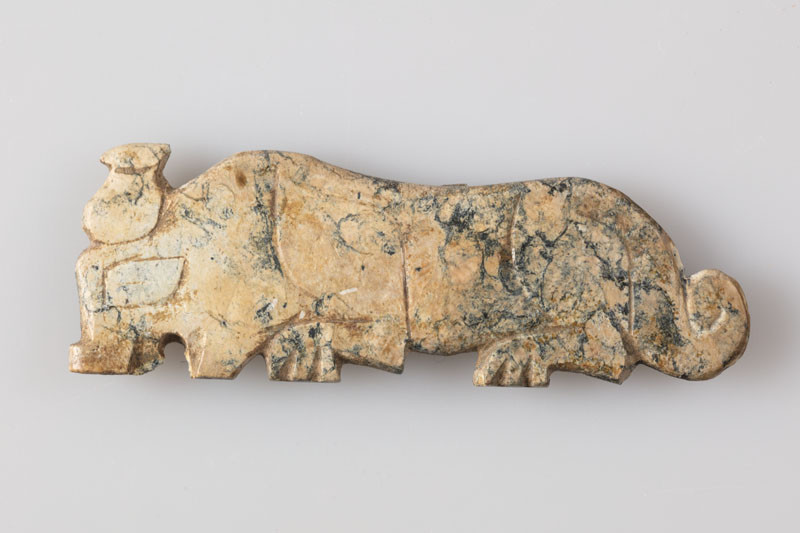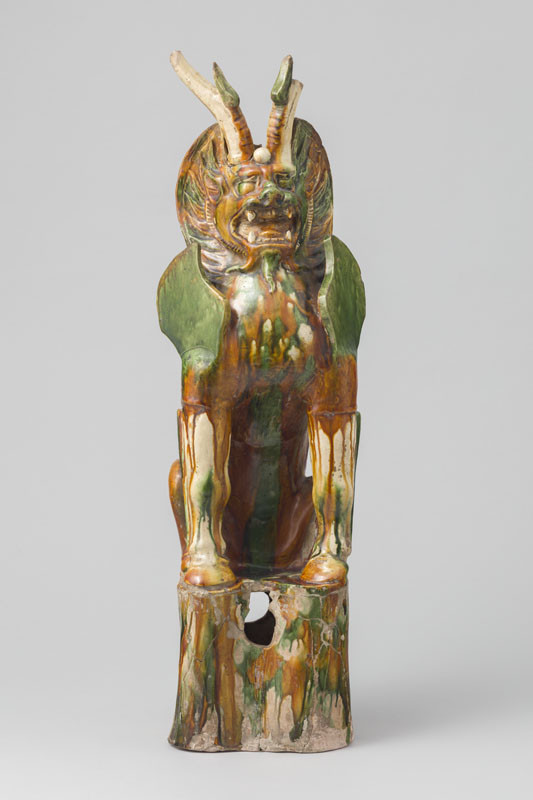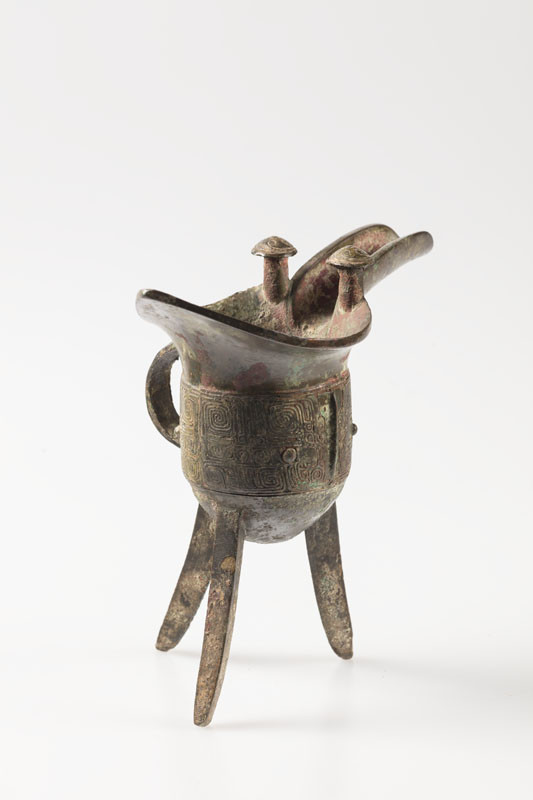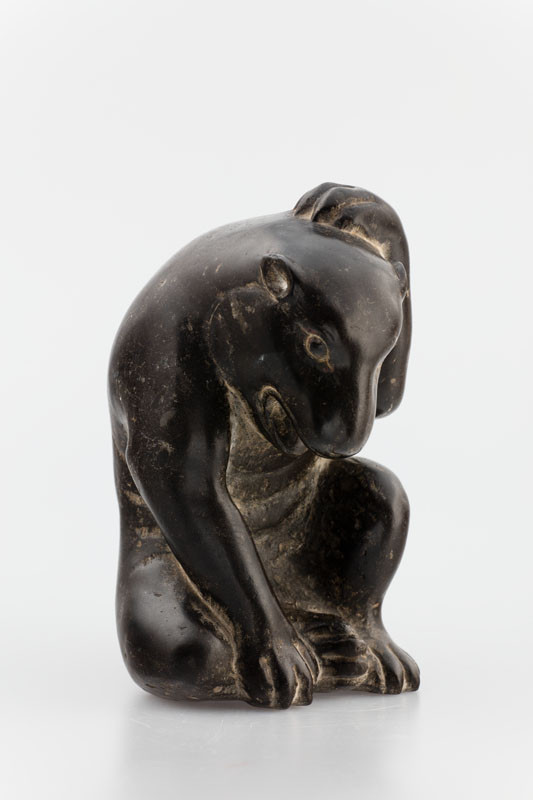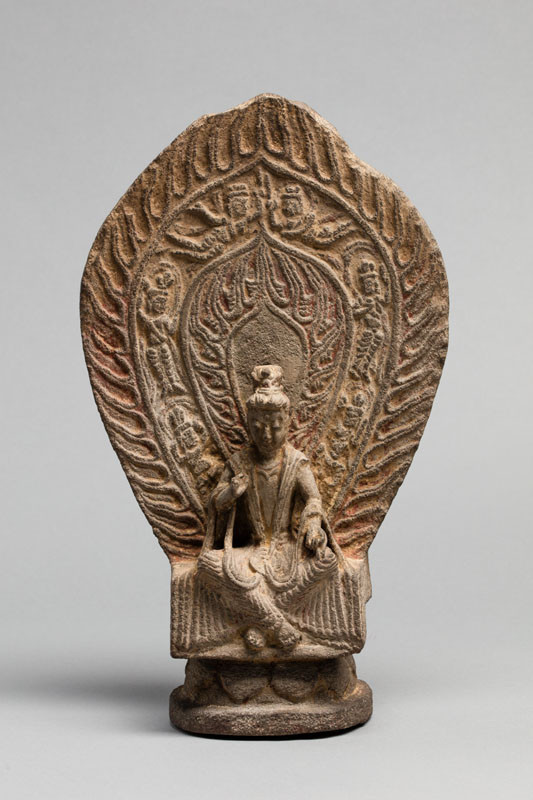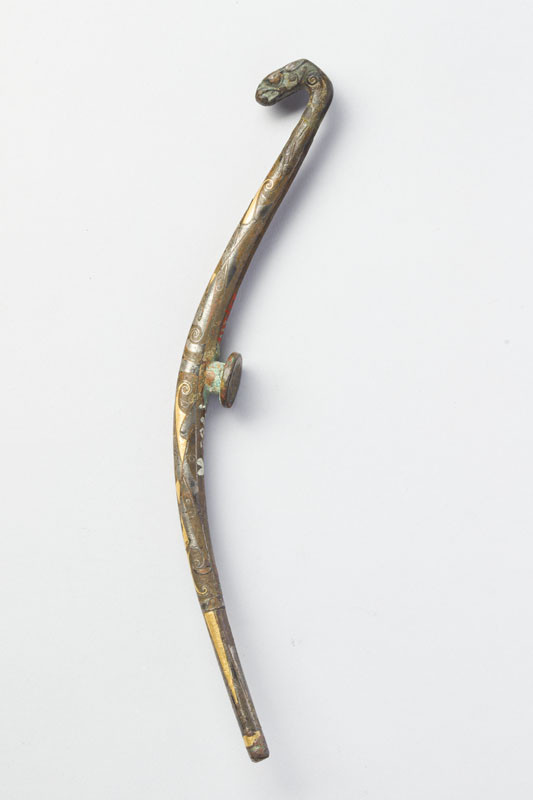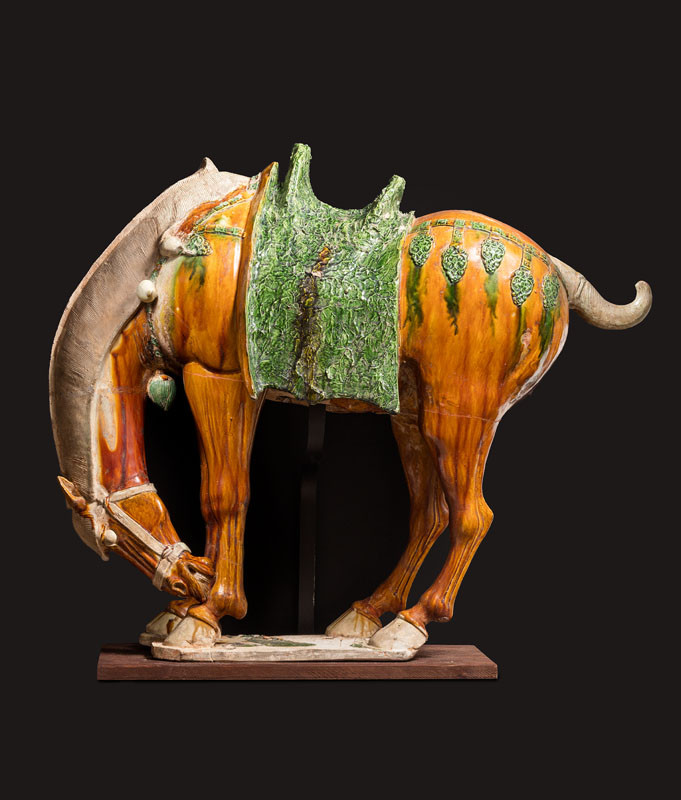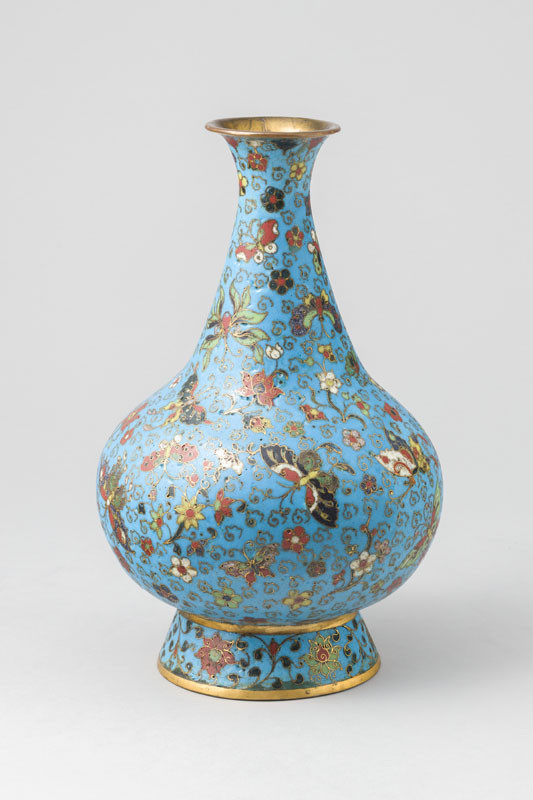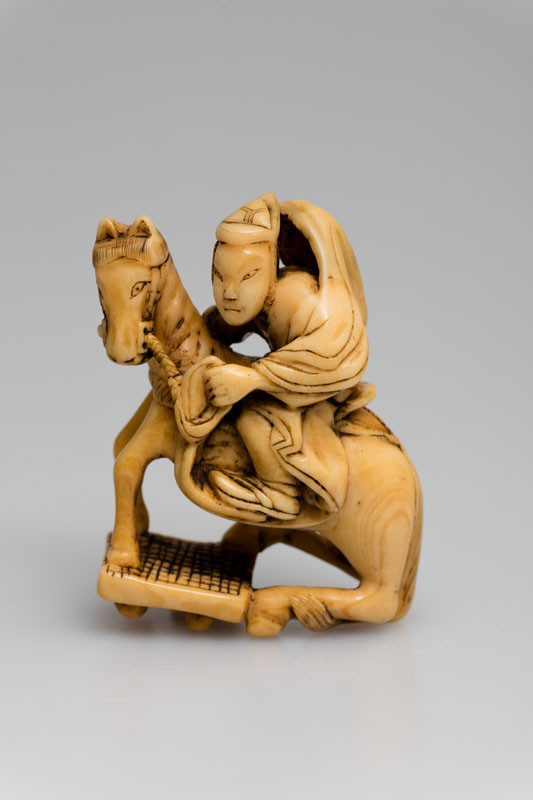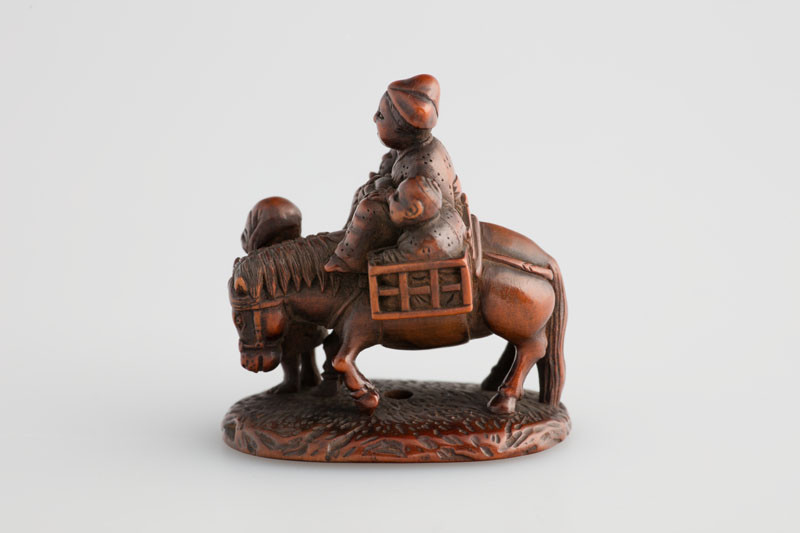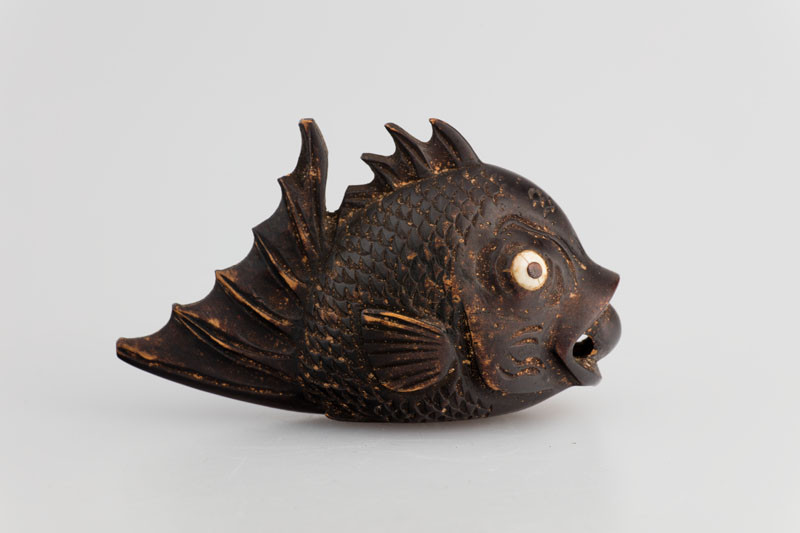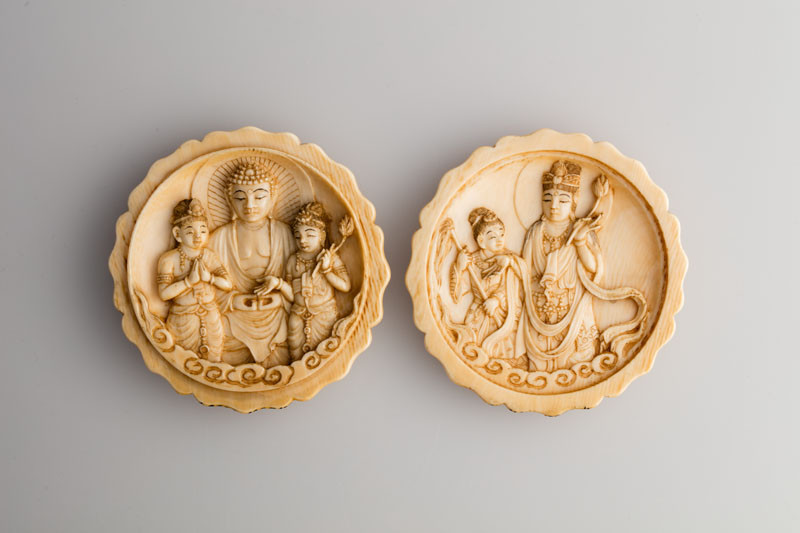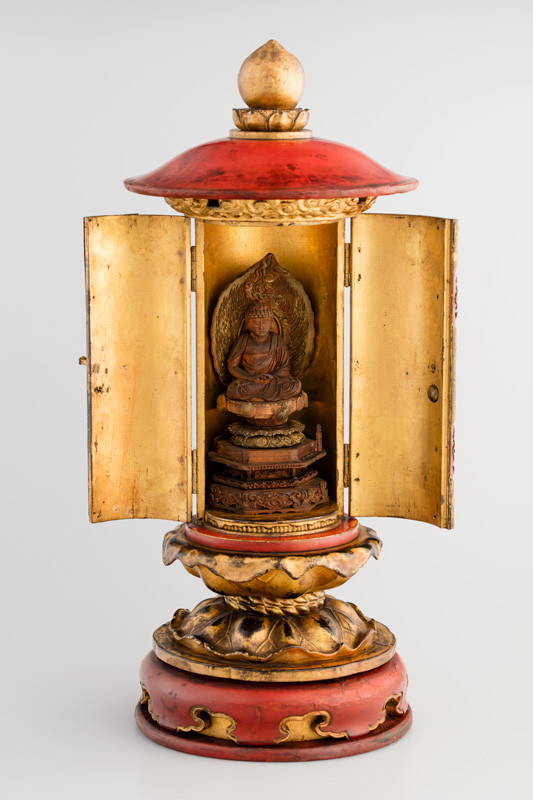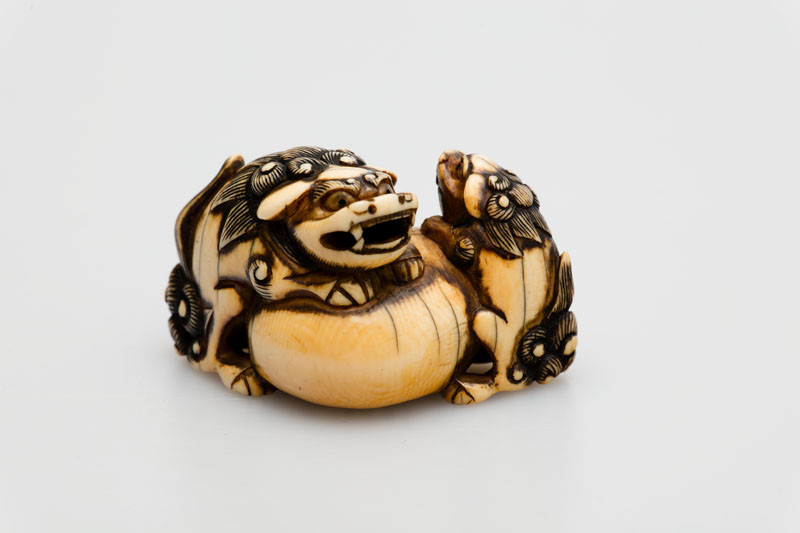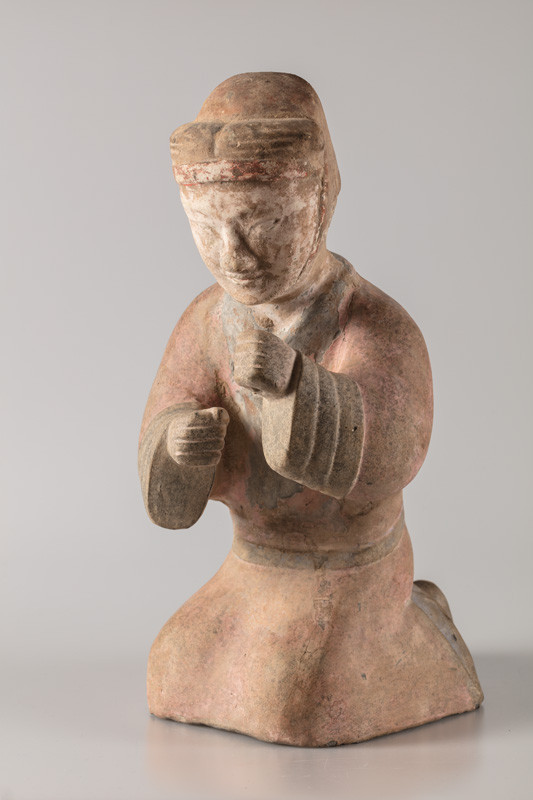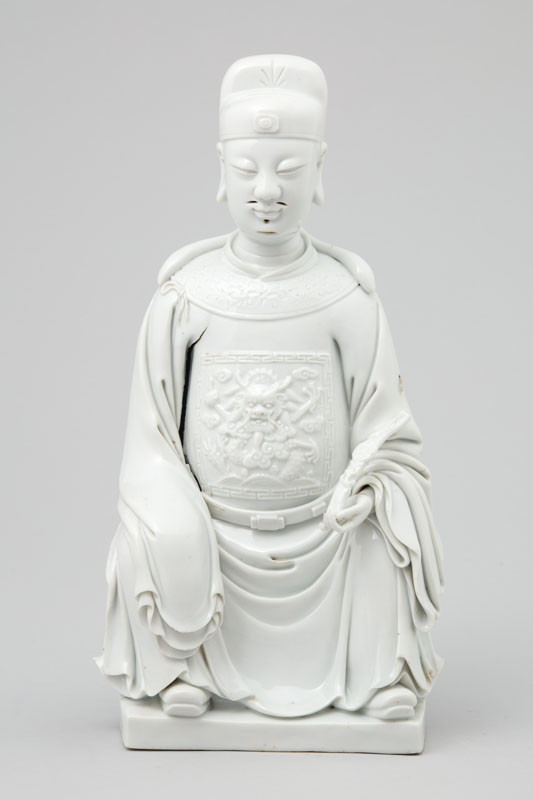
Porcelain with white glaze, called blanc-de-chine in the West, was produced in workshops in the city of Dehua in the southern Chinese province of Fujian. It is one of the highest-quality types of porcelain, highly valued for its pureness, smooth surface and perfect firing. It was often used for figures of Buddhist and Daoist deities or even figures of Christian saints commissioned by European clients. The perfect modellation of the figures and moulded accoutrements, such as the attributes and draperies, was possible owing to the special quality of local light clay, which best suited foreign commissions. The figure of the god Wenchang is captured as a Confucian scholar dressed in the official hat, official’s robe with the mandarin square denoting rank and holding the ruyi sceptre in his left hand. The rendering of his face, however, recalls Buddhist deities with their typical meditative expression of half-closed eyes and serene distinguished features.

